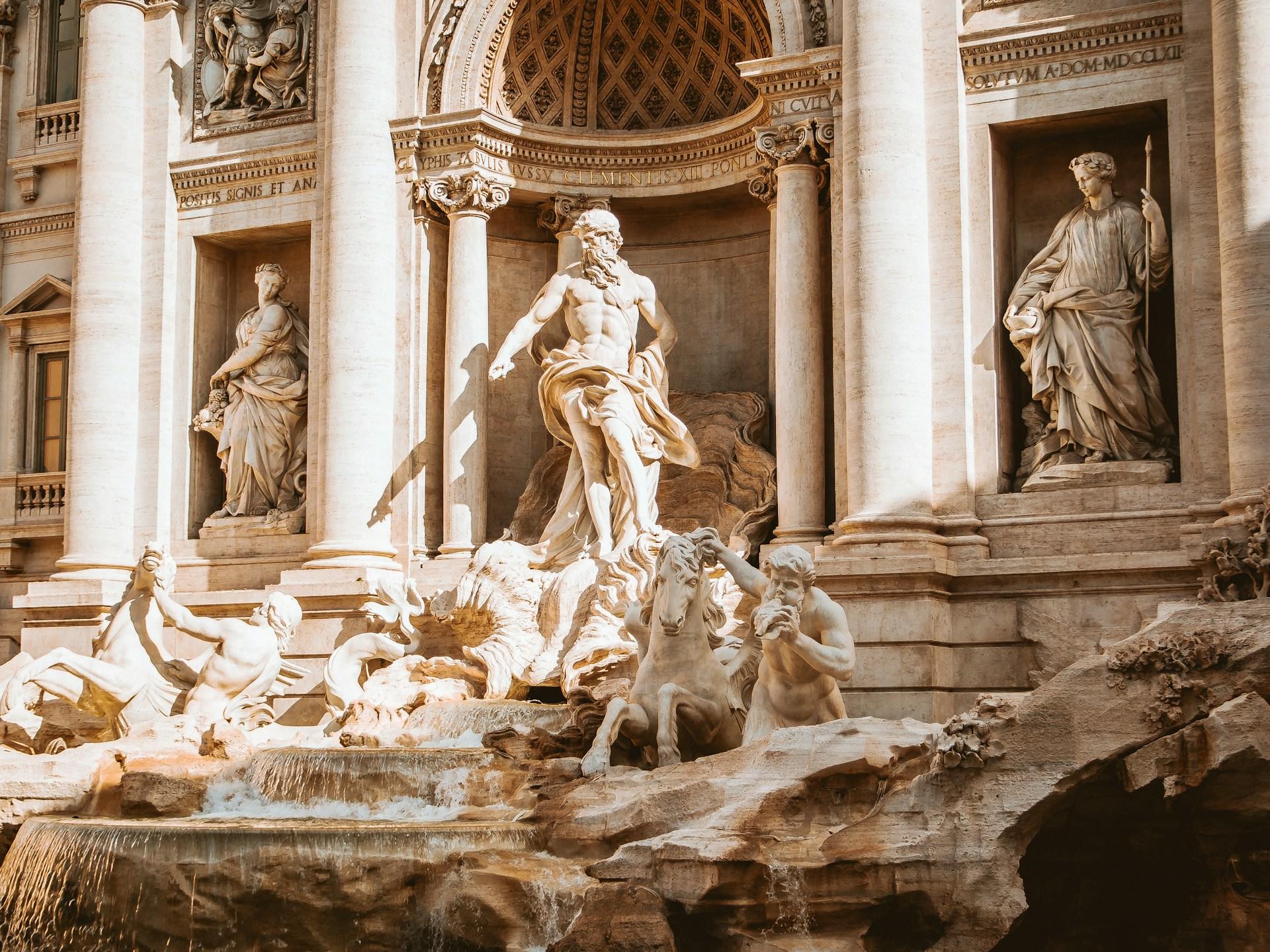A great sculpture can roll down a hill without breaking.
Michelangelo
Art movements each have their own recognisable style, and a language of their own, too. To understand it - or, more specifically, understand the world of sculpture and sculptural history, you must learn this language. And, you must note how it, and the art of sculpting, have changed over time.
In the quote above, Michelangelo must have defined sculpture correctly, for his time. After all, he was one of the great Renaissance masters. However, today's types of sculptures defy his assertion, particularly those carved out of the land itself. This article looks at different types of sculpture, as listed in this chart.
| Type of sculpture | Prime example | Sculptor |
|---|---|---|
| Assembled sculpture | Mechanical Head | Raoul Hausmann |
| Cast sculpture | Choosing of the Arrow | Henry Kirke |
| Modelled sculpture | modelling cars | auto industry sculptors |
| Sculpture in the round | David | Michelangelo |
| Carved sculpture | Venus of Willendorf | Prehistoric carving; author unknown |
| Relief sculpture | Classic Mesopotamian, Egyptian, and Roman art | Various artists |
| Land sculpture | Spiral Jetty | Robert Smithson |
| Installation sculpture | Folkstone Harbour Mermaid | Cornelia Parker |
| Kinetic sculpture | About Face | Anthony Howe |
| Subtraction sculpture | Pieta | Michelangelo |

Subtraction Sculpture
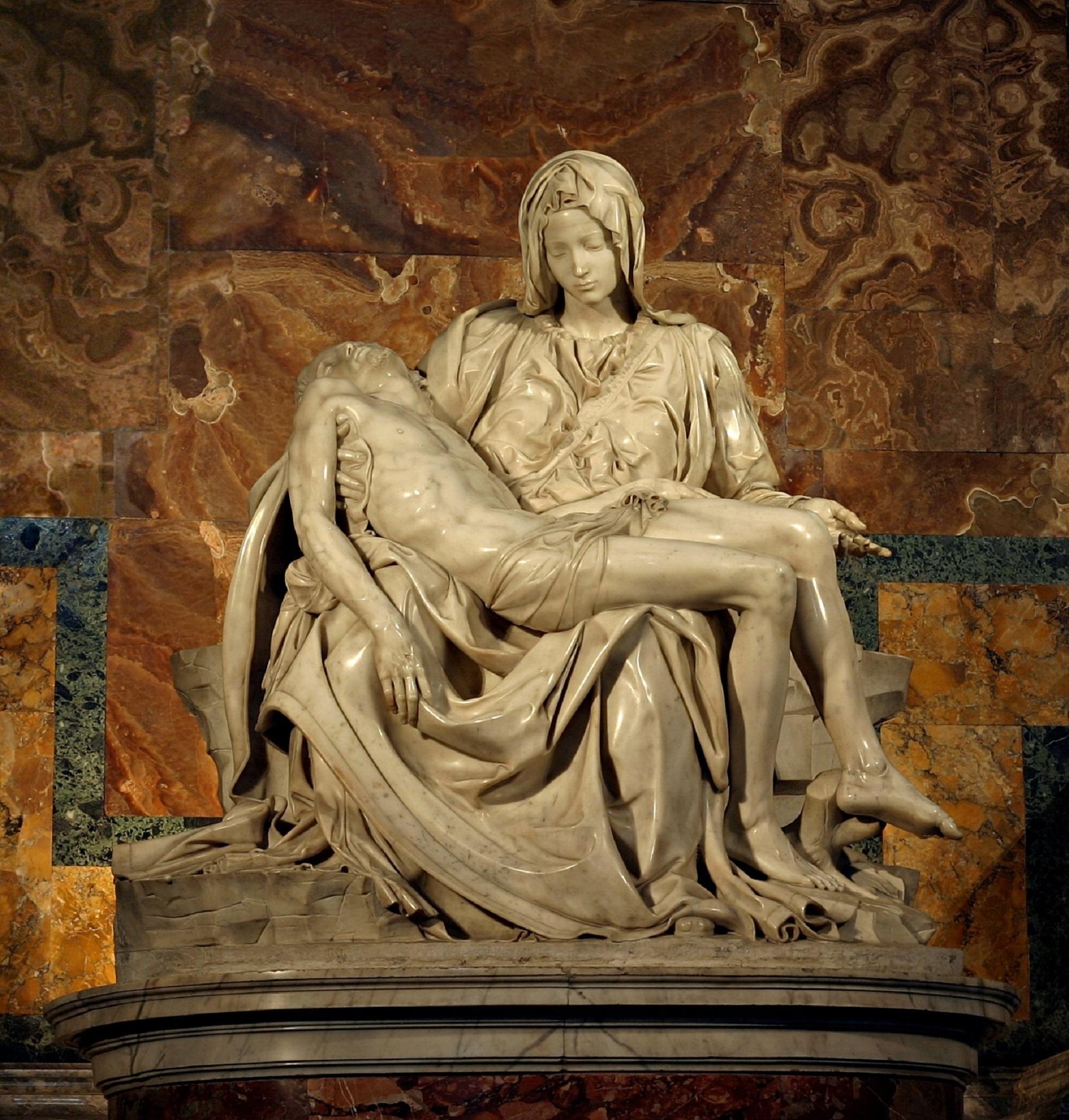
Michelangelo strove to learn everything about sculpture, and contributed greatly to the art. Subtractive sculpture is no doubt what he had in mind when he uttered the phrase we quoted. In fact, his 1497 work, Pietà, is an outstanding example of subtraction sculpture. This type of sculpture is exactly what it sounds like.
The sculptor 'subtracts' from the raw material, until they achieve the likeness they envisioned. Such material might be stone of any type, including marble; the material Renaissance sculptors preferred. Different types of clay, and even papier maché works to create subtraction sculptures.
It's easy. I just get a block of stone, and chip away anything that doesn't look like Peter.
From the B.C. cartoon strip; Johnny Hart, creator
From a physics standpoint, Michelangelo was right. A statue chiselled from a solid core has no seams to create weak points. However, sculptors' catalogue of media is much greater today than during the Renaissance. Sometimes, 'weak points' are integral to the sculpture's mystique, as we discuss next.
Kinetic Sculpture
Kinetic sculptures move, make noise, or both. As they represent movement, they must necessarily have joints. If the piece emits sounds, there must be a mechanism for it to do so.
Such might be a reed-like component for the wind to whistle through, or a hammering device that strikes a separate part. These works are not hewn from a solid material core; they are constructed.
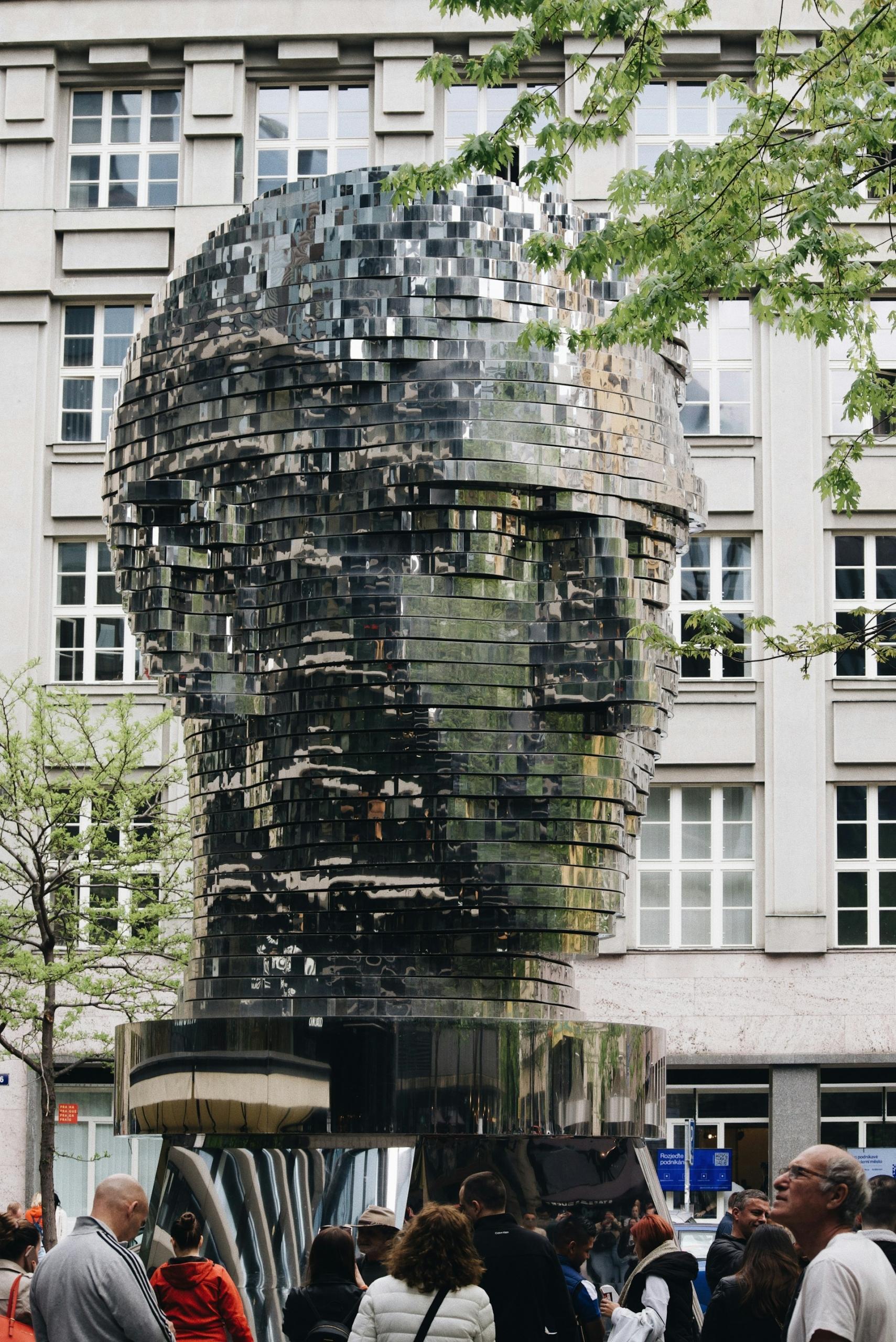
A study of Anthony Howe's About Face reveals a collection of stainless steel panels loosely attached to a core frame. It's a sterling example of kinetic sculpture.
The wind sends those weighted panels into a dance, each of them performing their own steps. You might discover this 2017 work in your art classes; you can also get a preview of it in this clip. Also, note the second kinetic work in the background!
Installation Sculpture

Installation sculptures typically play against - and work with, their surroundings. In some cases, the artist may hang components from the ceiling, or use lighting to heighten their work's effect.
Site specificity is crucial to the artist's vision. Their installation must not clash with its environment. Also, artists strive to maintain cultural relevance with their installations.
The Folkstone Harbour Mermaid is an installation sculpture. This Cornelia Parker creation (2011) is in homage of the more famous 'Little Mermaid' statue in Copenhagen. Dame Parker made sure of her work's cultural relevance by recruiting a Folkstone Harbour native as a model.
Earthwork Sculpture
Now, we arrive at the 'rolling down a hill' versus 'being a hill' distinction that Michelangelo never conceived. Earth Art, or Land Art, is massive; these works are built into the landscape. Typically, the artist uses materials native to the location, such as rock, wood, and other features.
Land art is ambitious. Robert Smithson’s 1970 piece, Spiral Jetty, spins into the Great Salt Lake in Utah, a place not generally listed among the best places to see sculpture.
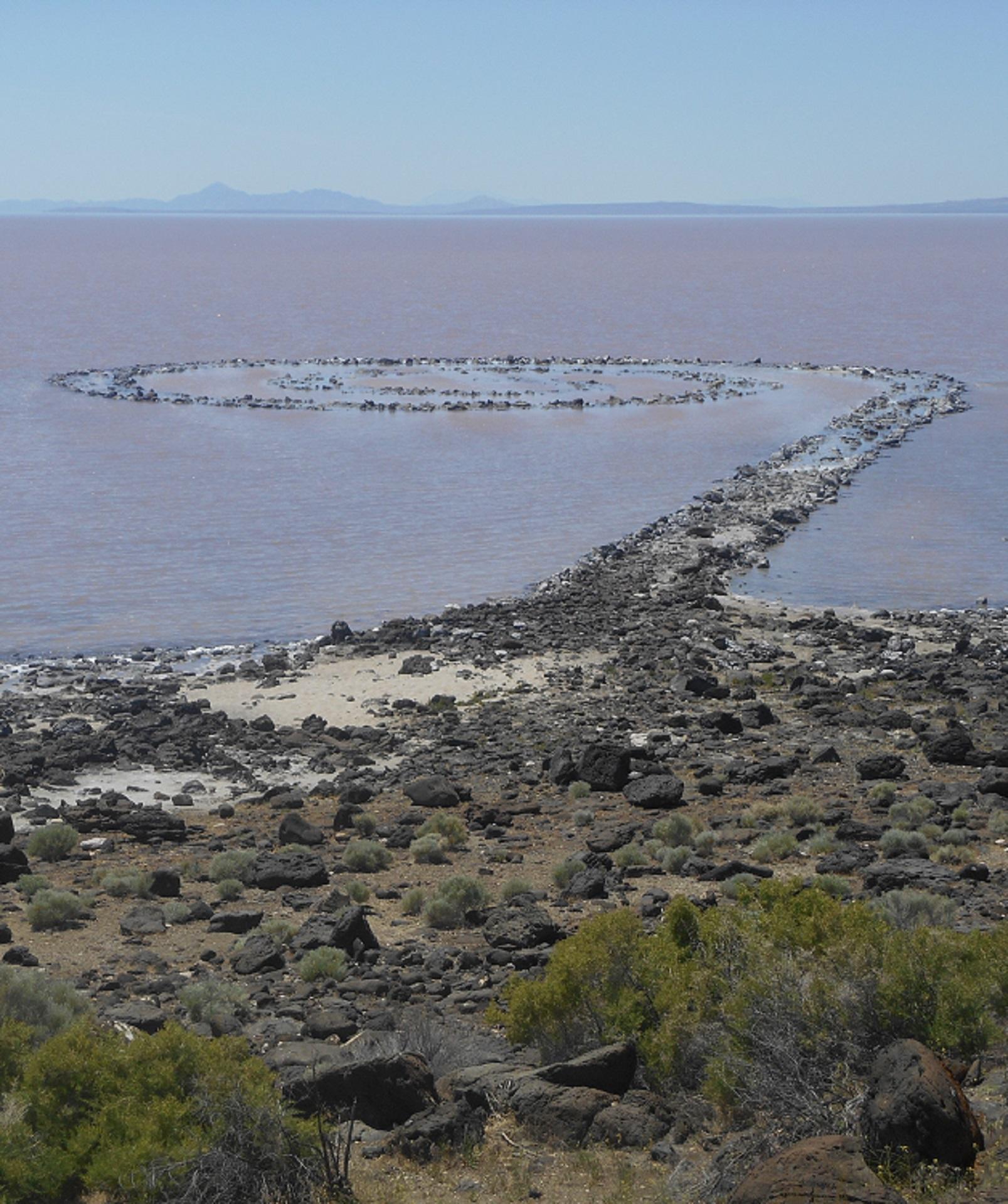
These lines, etched into the coastal desert regions of Peru, show some techniques typical of Land Art. They also feature some elements of subtractive sculpture, as their creators removed soil to create the lines. However, the consensus is that these installations are geoglyphs, rather than sculptures.

Relief Sculpture
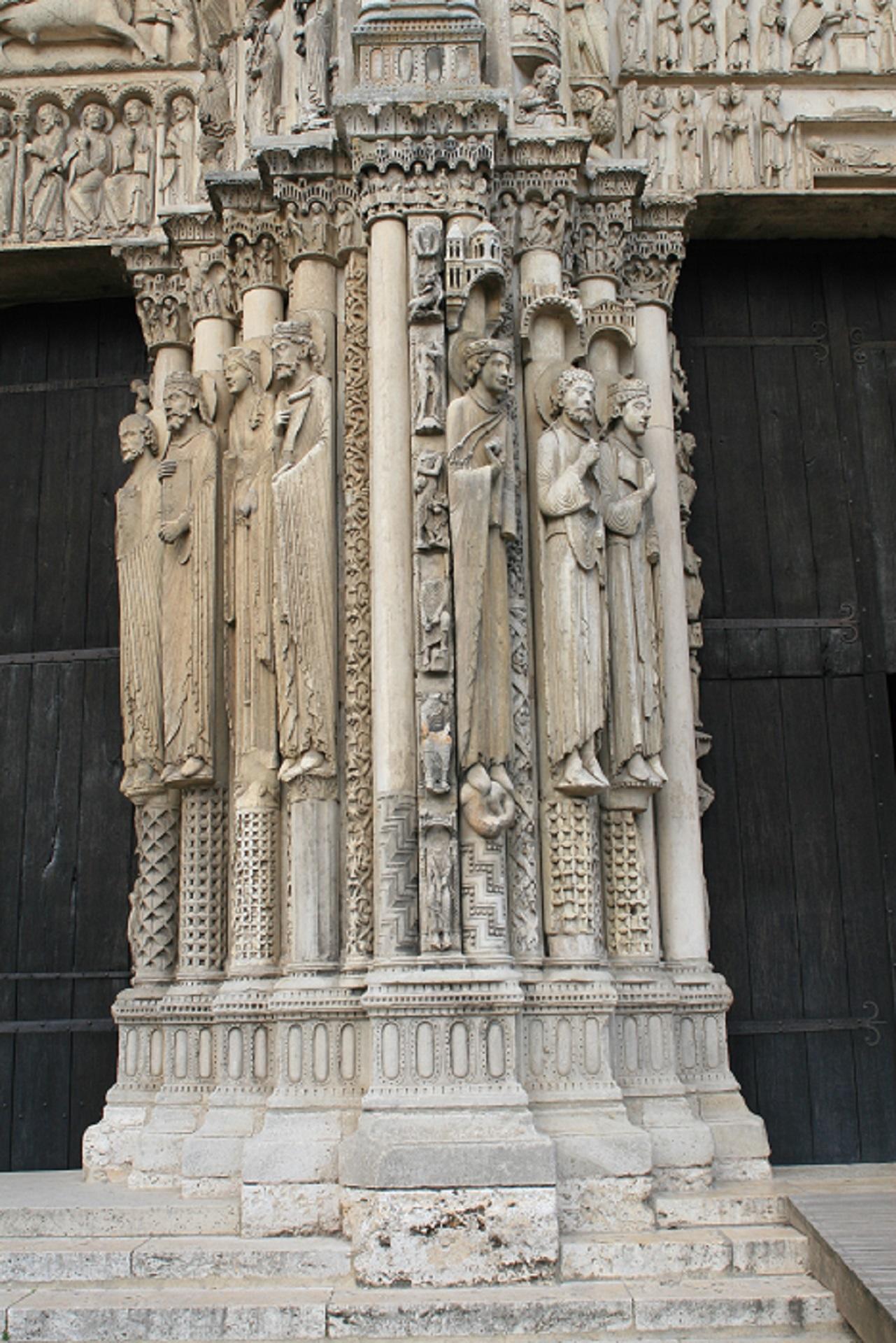
Between the fall of Rome and the beginning of the Renaissance, artistic preoccupations were the least of people's concerns. Thus, the historical record does not contain many artists' names from that time, be they painters or sculptors.
However, during the Romanesque and Gothic periods (~600 to 1 200C.E.), decorating religious institutions was of great concern. Reliefs and carvings were the main techniques used in this type of architectural sculpture. The Chartres Cathedral gives us an excellent example of Gothic art, particularly reliefs.
Three Types of Relief
Low Relief
- little depth
- practically any material
- easy execution
- Example: Parthenon friezes
High Relief
- deeply cut/chiselled
- more three-dimensional
- standard for religious art
- Example: Chartres Cathedral friezes (pictured)
Sunken Relief
- background higher than image
- background is flat surface
- Examples: hieroglyphs, cartouches
A fourth type of relief, the counter-relief, is similar to the sunken relief. You might think of it as a photographic negative, wherein the image is reversed. Intaglio, the Ancient Egyptian type of relief, is an example of counter-relief.
Carved Sculpture
The Renaissance began in Italy, drawing on classical techniques and themes. The Renaissance masters changed the way we thought about art, and they still influence the art world today. To wit, my mate, who is taking art classes Melbourne, is currently studying Leonardo da Vinci's proposed sculptures.
Granted, he far less renowned for any carving ability than for paintings and sketches.
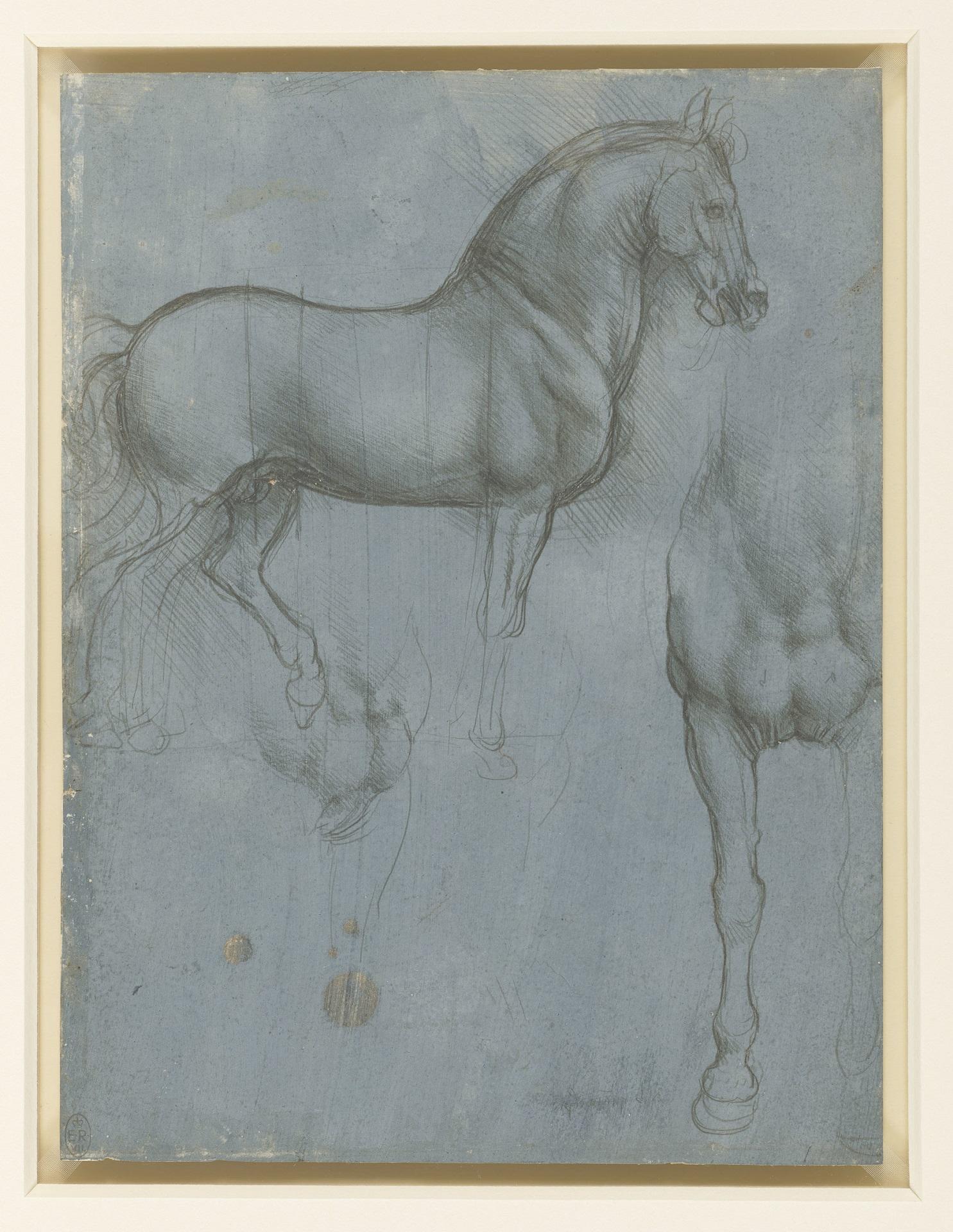
Still, he was one of the first masters to move away from the religious concerns, The Last Supper, notwithstanding. He'd planned two sculptures, both with military themes. We'd go so far as to say he over-planned them, even detailing how he would arrange the finished works' transportation to their sites.
Da Vinci left statue creation to his fellow masters, Michelangelo, Raphael, and Donatello, despite being quite talented with the chisel, himself. Those three made the most of Italy's stores of marble and other suitable materials, to execute some of the world's most renowned carved sculptures.
A subtractive sculpture may be tiny or immense, and of any material, including earth and soap bars. A carved sculpture reflects traditional techniques and materials, typically wood, marble and ivory.
Carving is one of the oldest forms are artistic expression. The Venus of Willendorf figurine, unearthed in Austria in 1908, was carved around 30 000 years ago. Carving as a form of expression is a vital page in the record of human history.
Sculpture in the Round

Picture David, Michelangelo's massive marble expression of the perfect male form. From the front, back, and all sides, he represents a magnificent figure. We appreciate his splendour thanks, in part, to the setting he dominates. Those features - the setting, multiple perspectives, and the grandeur, define sculpture in the round.
The key distinction between any ordinary statue and a statue is the round is its setting. We can better understand that concept by picturing any ordinary outdoor statue; say, some marshal astride their horse.
We may walk around it and see it from all angles, but the environment does not set the statue to its best advantage. Thus, that statue is not 'in the round'.
Statues are typically freestanding, while sculptures may be a mounted, or a part of an installation. Also, statues are typically realistic representations of humans and/or animals, while sculptures may be abstract.
Modelled Sculpture
On any given day, taking art classes Sydney, one may throw a pot or fire a kiln. Meanwhile, in some studio, an artist is shaping, forming, and carving clay. They may use this carved figure as a model for a much larger work they plan to sculpt.

Long before virtual reality (VR) - and still, today, auto designers fill their studios with model sculptors. Their job is to make visible what designer executives describe.
This bit of auto-making history helps clarify the vital service modelling sculptors provide. They add flair and style to cars' bodywork. Or, at least, their modelling of the concepts helped carmakers visualise whether such touches would work. That's the same reason today's sculptors model; they can see how their work will turn out before they turn it out.
Cast Sculpture
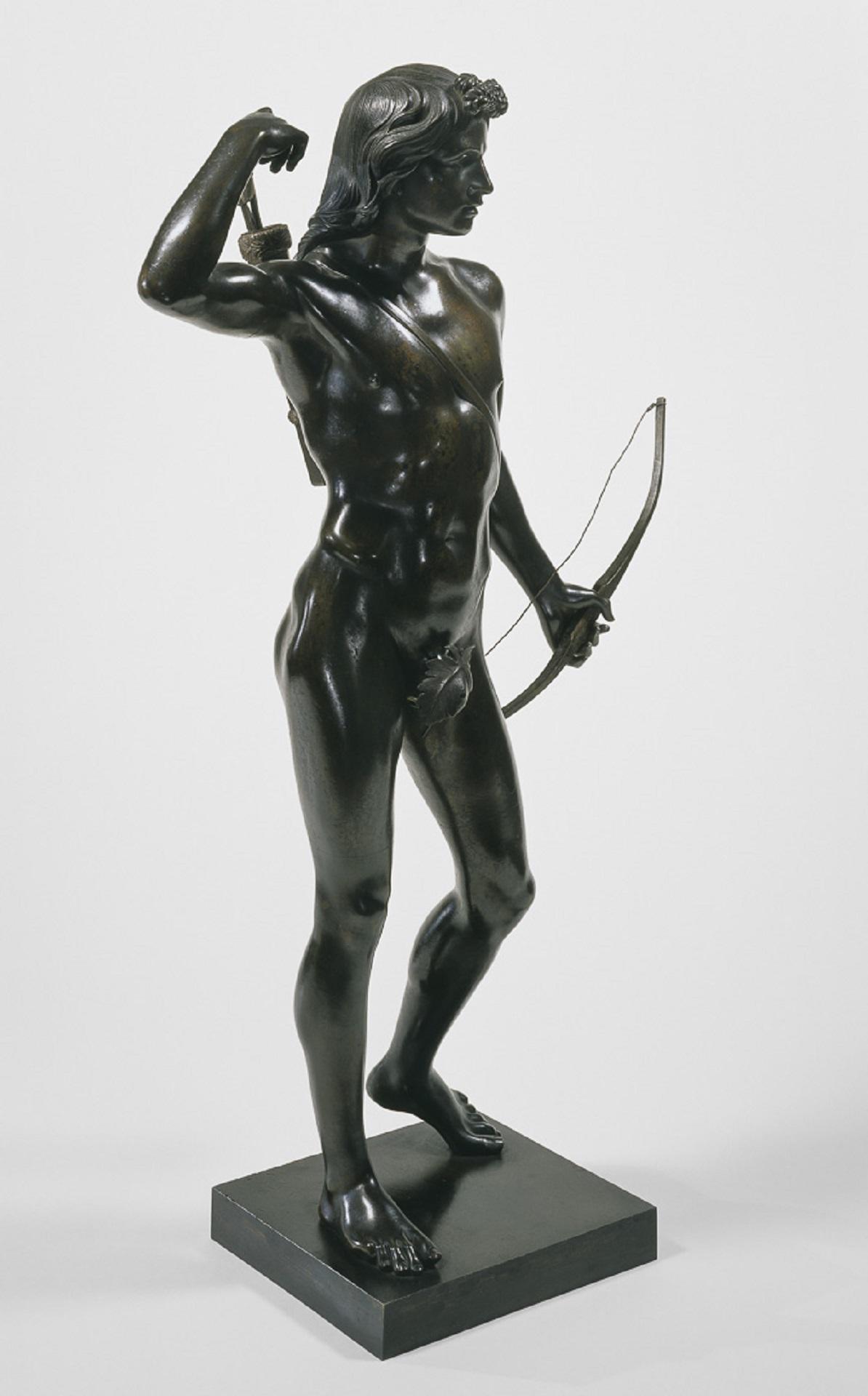
Casting involves pouring some sort of material into a mould. Once the material is set, the artist removes the mould. This technique works for making cakes as well as casting statues.
Some of the world's most famous sculpture artists used this method to create their art. Henry Kirke's 1849 bronze work, Choosing of the Arrow (pictured), perfectly demonstrates the result of cast sculpting.
Assembled Sculpture
Pablo Picasso and the Dadaists pioneered this sculpting style in the first half of the twentieth century. They might have known about earlier artists, who explored the same concept. The idea isn't new; assemblages are three-dimensional collages.
Some of the most famous sculptures today are assemblage works. Raoul Hausmann's 1920s Mechanical Head features a wooden ruler, a tape measure, and a tin cup, among other objects. Today, artists like Sarah Lucas and Damien Hirst carry the torch.
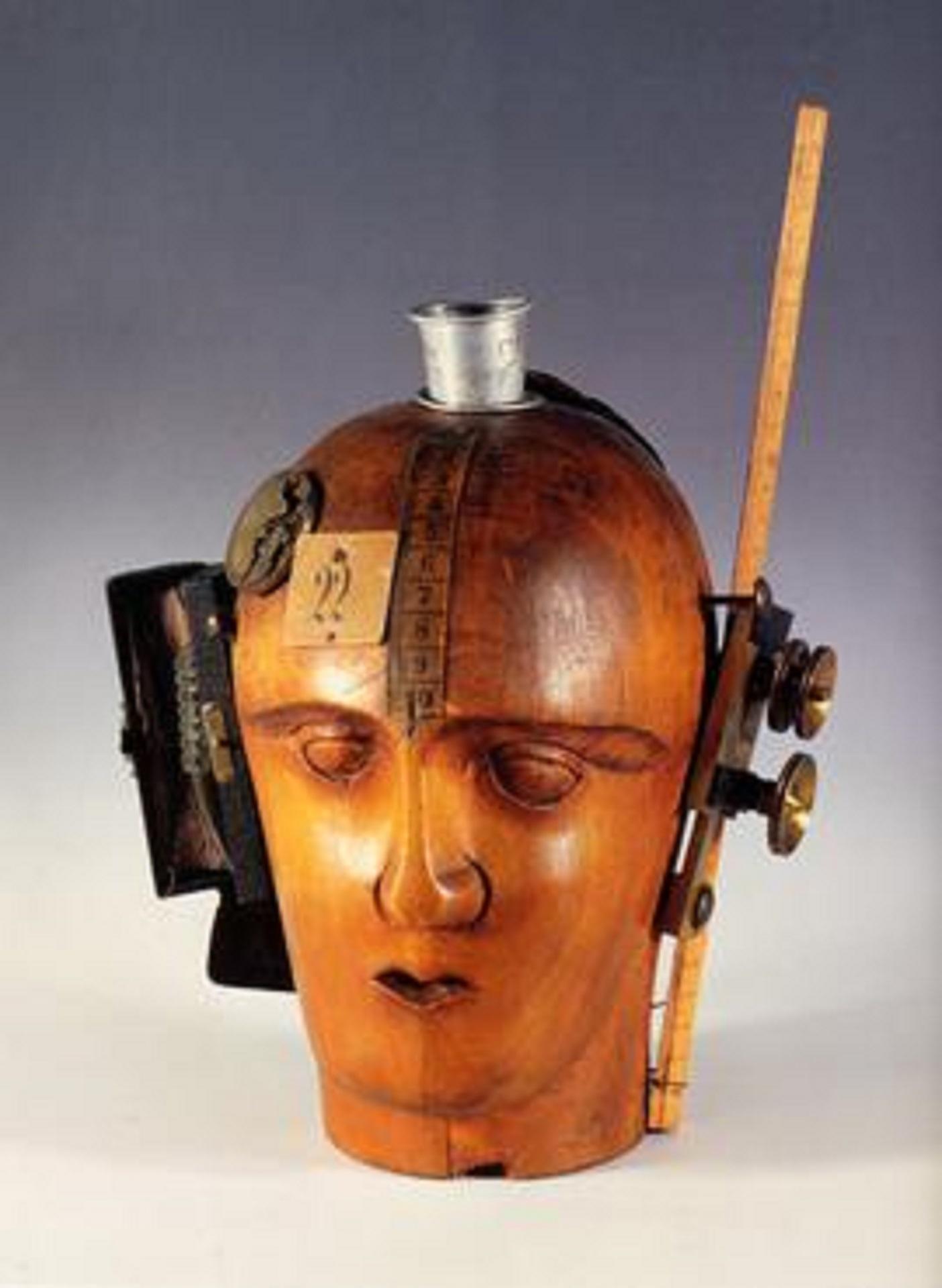
Which types of sculptures resonate with you?

